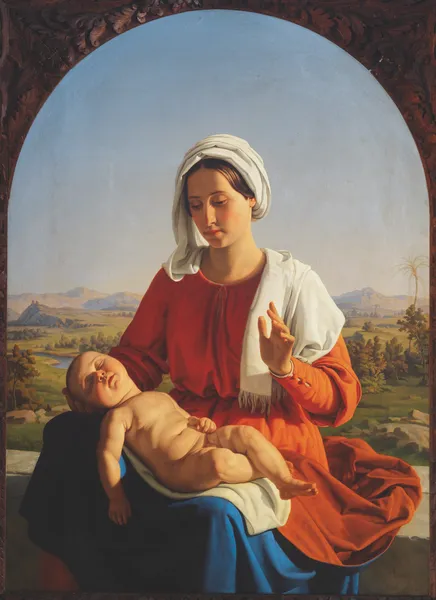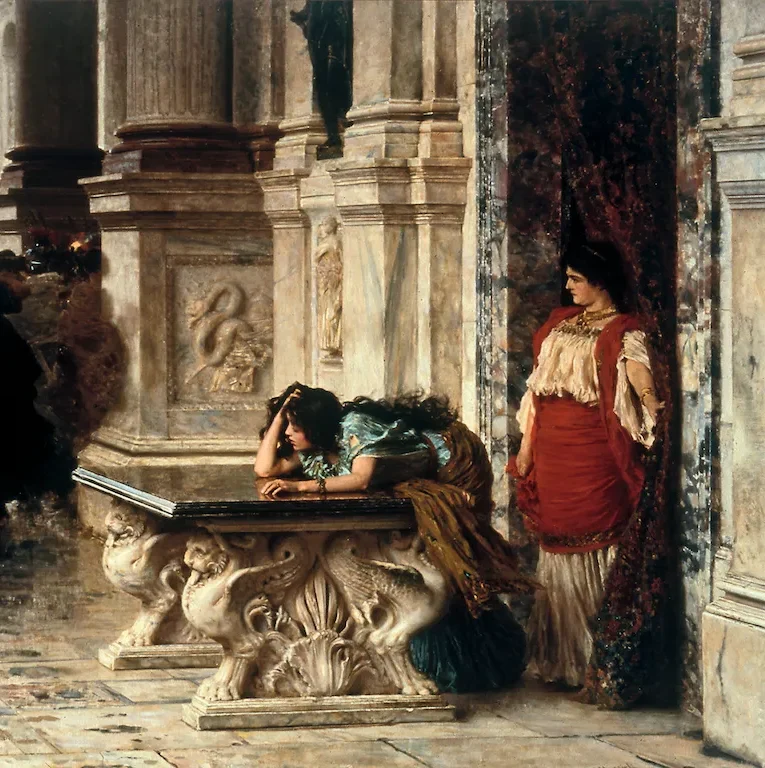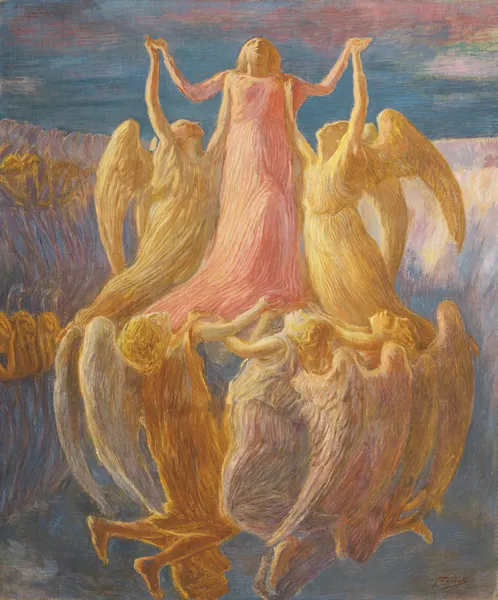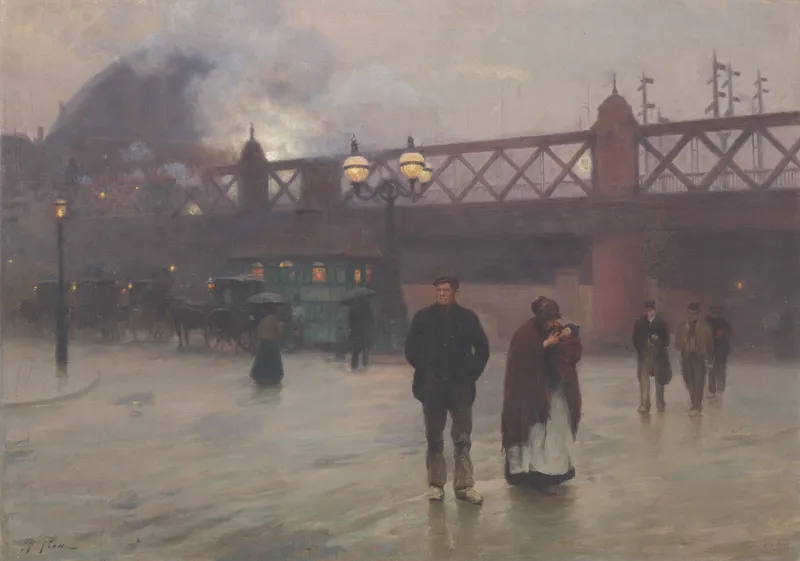Home/Museums/Palazzo Massari/Museo dell'Ottocento
Museo dell'Ottocento
Ihe Museum of the Nineteenth Century illustrates the evolution of the arts in Ferrara during the nineteenth century through a selection of paintings and sculptures by its most significant performers.
The museum is closed for restoration.
HISTORY
The first core of modern collections reflects the municipalist and Risorgimento fervor of the pre-unification period. In Ferrara, as in the rest of Italy, artists in the mid-19th century celebrated the splendors of local culture and the national artistic tradition in a patriotic key, as shown by the purist and Romantic-inspired canvases of Gaetano Turchi, Giovanni Antonio Baruffaldi, Giovanni Pagliarini, Girolamo Domenichini, and Massimiliano Lodi, or the sculpture of Ambrogio Zuffi.
The evolution of historical-literary themes after the unification of Italy was affected by the fortunes of melodrama, which reverberated in the theatrical poses of a Neopompeian subject such as the Funerali di Britannico by the Modenese Giovanni Muzzioli.
In the last decades of the nineteenth century, the trajectories of the city’s young talents developed mainly outside Ferrara. Giovanni Boldini and Alberto Pisa chose the cosmopolitan dimension of the great European capitals, London and Paris, to become interpreters of the exuberant rhythm of the modern metropolis and its contradictions. If Pisa’s path is documented by a small nucleus of works, including Charing Cross, a monographic museum is dedicated to Boldini’s portraiture flair.
Previati and Mentessi settled instead in Milan where they were protagonists of the ferments of artistic renewal, under the banner of a renewed sensibility between naturalism and symbolism. Two extensive museum holdings testify to their different personalities. Mentessi explores the atmospheres suspended and evocative of the landscape state of mind – Venice e Peace – but also the opposite register of painting of social denunciation, from which a manifesto work such as Pane nostrum quotidianum. A sua volta Previati è una figura cardine tra divisionismo e simbolismo. Se la tessitura iridescente dell’ Assumption reveals the musical and abstract qualities of his Divisionist production, a masterpiece such as Paolo and Francesca played an anticipatory role in Umberto Boccioni’s poetics of moods.
See also the worksheets on the Cultural Heritage of Emilia Romagna portal.











